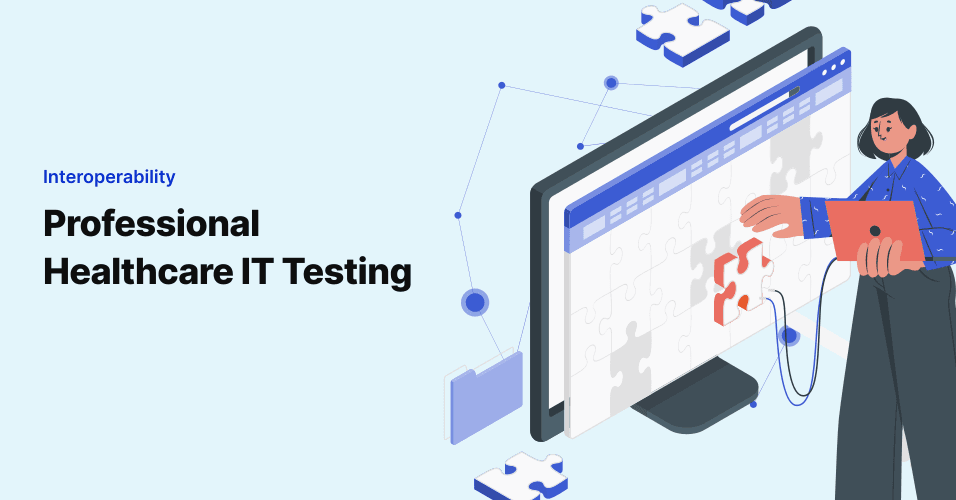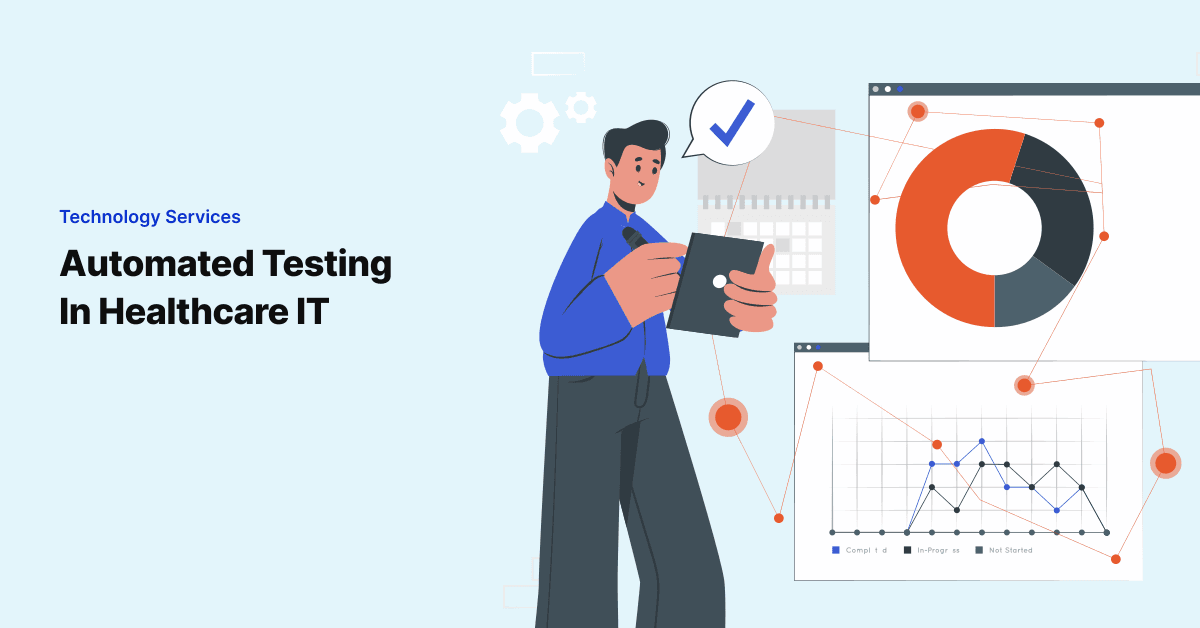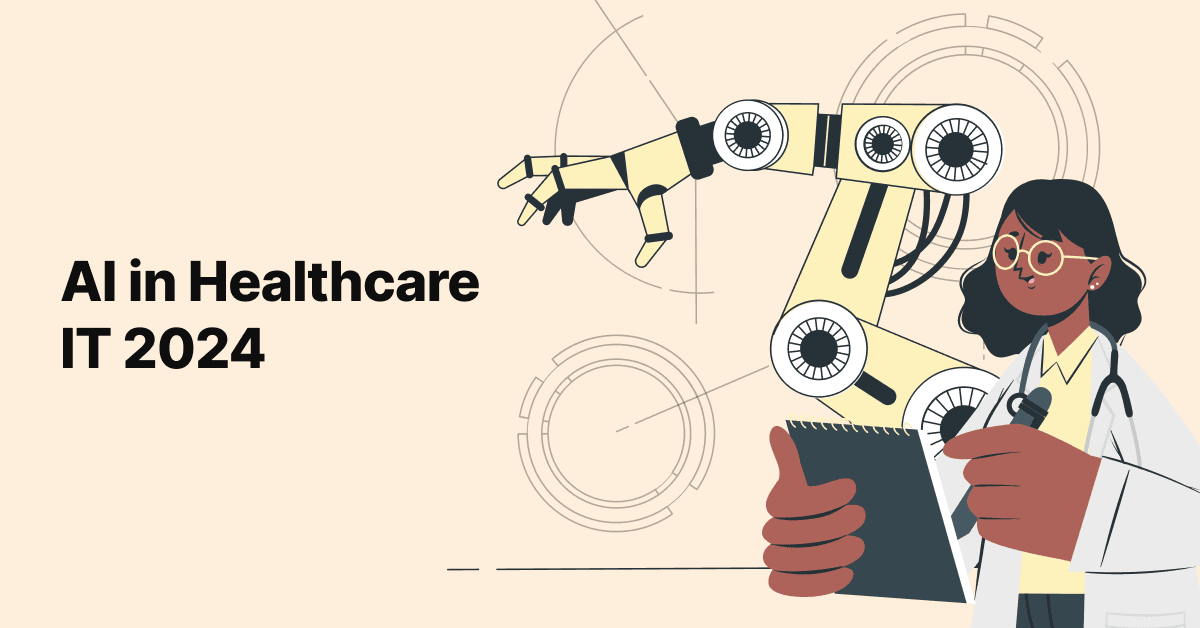
3 Reasons You Need Professional Healthcare IT Testing for Interoperability
We’ve worked with many healthcare clients over the years, and while there is no shortage of impressive and …

If there was one aspect to healthcare IT integration and implementations that insiders would likely point to as not getting nearly enough respect, it’s testing. From functional testing to end-to-end validation, proper testing of healthcare solutions can make or break any given deliverable (sometimes quite literally). After all, the use case of an application for hospitals or health systems isn’t just moving data from point A to point B — or rather, provider A to provider B — but to ensure that the PHI maintains security in transit, fidelity in delivery and actionability for the end user. None of these benefits are realized if testing isn’t treated as a priority in the implementation plan. And while there is no doubt that dedicated QA resources are invaluable (which we’ll discuss in more detail later), it’s also prudent at the scale and complexity of modern HIE and EHR integration efforts to incorporate automated testing for the healthcare applications in total.
One of the most valuable aspects of automated testing and test case development is a systematic and reproducible way to validate an EHR solution. Because integrations and interoperability efforts are rarely ever done just once, there has to be a reliable way to continually vet and evaluate the stability of a system against established metrics. The only way this is possible is to develop set test cases that are expected to be met consistently over and over again. Even if third-party plug-ins or ancillary EHR systems are added to the core solution, knowing what the base requirements are in terms of data behavior allows for introducing new data (or even just more of the same, much more in the case of a HIE integration) against a known baseline.
The confidence gained by having a set of expected behaviors within the various modules and software being connected for the sake of patient care cannot be overstated in terms of importance. Once you’ve got real PHI flowing in the system, a health organization cannot afford for data elements to go rogue or simply disappear. By running scenarios against established automated test cases with test data first, and then implementing that same automated testing against production data, security and integrity are in tact as both the sponsoring entity and their HIPAA BAAs embark on a live, production-ready solution.
In addition to supporting a strong go-live, automated testing also allows for scalability as providers or entities are bolted on to the healthcare IT solution, or even as the hospital itself grows and acquires new provider groups. While it should be understood that new data elements and workflows may necessarily add additional test cases, it’s far simpler to augment a core set of tests than it is to build something from scratch once the hospital realizes it is in over its head.
Testing accelerators offered by healthcare IT consultants allow for ripping through huge quantities of data (even on the scale of big data) while still maintaining reliable scenarios and tracking critical workflows. Especially when managing many different data types and EHR interface methods, it quickly becomes far too complex for even the most seasoned healthcare QA experts to get their arms around everything, at least in time for an aggressive deployment schedule (as they generally are, since most hospital clients need better IT solutions since yesterday).
We would be remiss to conclude with any sense of downplaying the importance of human testers for healthcare integration delivery. It’s vital to have testers who assume the role of End User and Super User when it comes to properly evaluating the performance of an EHR or HIE solution. Despite incredible advances in automation and AI, there is much to be said for a real-life person who can vet the data, user experience and performance with a perspective that is perhaps most akin to the very attitudes that can either encourage adoption or lead to a painful roll-back.
This is where the value of QA resources and automated testing can exponentially add value to the solution delivered to busy healthcare professionals who expect stability, quality and intuitiveness. As those of us in the healthcare IT space know, these are base metrics and yet no small feat to accomplish. Health data spans many formats, standards, specialities and ranges, but it’s up to those in the weeds to make heads or tails of these variables so that a physician on the front lines can make the right decision, based on the right data in the right place.
Marrying together the incredible scalability and reliability of automated testing with the irreplaceable, hands-on experience of human testing professionals is the strongest way that we can collectively deploy EHR solutions that move the needle on care and improve outcomes.
Join over 3,200 subscribers and keep up-to-date with the latest innovations & best practices in Healthcare IT.

We’ve worked with many healthcare clients over the years, and while there is no shortage of impressive and …

Artificial Intelligence (AI) in 2024 has emerged as a beacon of transformation, promising to redefine the …

The healthcare industry is in the midst of a positive shift towards innovation and transformative …